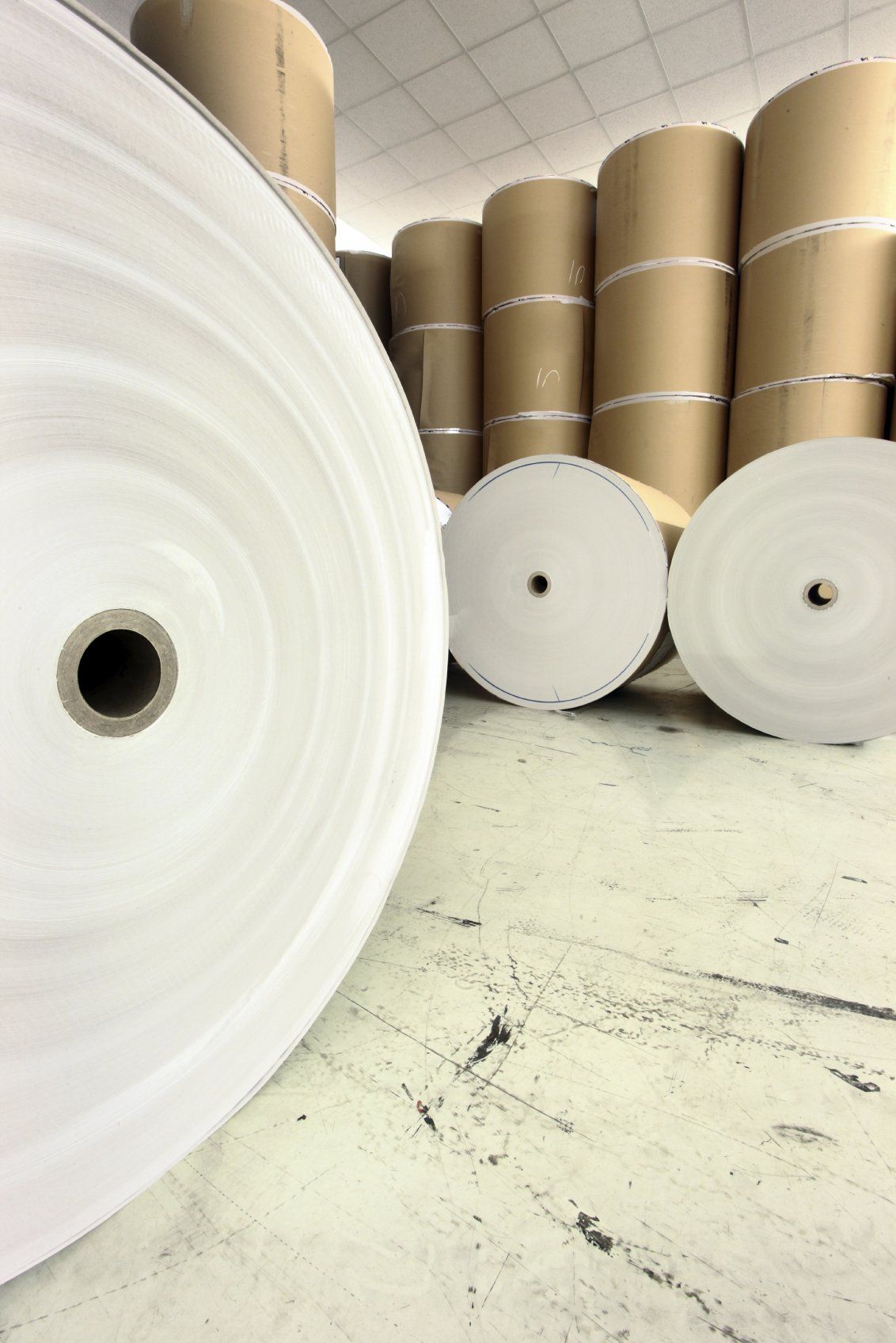Interesting facts
There are many myths surrounding CBD. We are happy to shed some light on the subject!
Hemperium Blog
Here you can find further information about CBD and hemp.
The human endocannabinoid system
16. November 2021
Overview
Hemp is one of the oldest cultivated plants. Cannabinoids are at least as old as humans. We produce them ourselves in our bodies.
Blog post
Our body not only produces its own cannabinoids, it has also developed a complete signaling system, the so-called endocannabinoid system. It consists of endocannabinoids, cannabinoid receptors and enzymes. Two endocannabinoids are well studied: anandamide - an analogue of THC, and 2-arachidonoylglycerol - an analogue of CBD, but we expect that more endocannabinoids will be identified through further research.
So far, 2 receptors have been discovered: CB1 and CB2, which are distributed differently in the body. CB1 receptors are concentrated in the central nervous system, while CB2 receptors are more evenly distributed throughout the body. The enzymes involved in this system are responsible for the correct composition and degradation of the cannabinoids, thus ensuring optimal interaction in the endocannabinoid system.
The human endocannabinoid system is part of the central nervous system - we produce cannabinoids in our bodies. Phytocannabinoids are produced by plants and can perfectly complement our endogenous cannabinoids.
Difference between full spectrum and broad spectrum
02. November 2021
Overview
CBD, THC, CBD, CBG, THCA, CBDA, THCV, CBN, which ratio makes sense? Full spectrum, broad spectrum with or without isolate, what are the differences?
Blog post
For optimal results, a full-spectrum oil is recommended, as this really makes use of all the ingredients of the hemp plant. The more than 100 different substances influence and reinforce each other, which is known as the entourage effect.
Recent studies suggest, for example, that the body could absorb twice as much CBD in the presence of CBDa (cannabidiolic acid, a precursor to CBD). With a product containing CBD isolate, the absorption of CBD in the body would therefore be only half as good as with a full-spectrum product. In addition to CBD, the more than 100 other cannabinoids in full-spectrum products include: CBDa, CBG and CBGa as well as CBC and CBCa. It has already been mentioned about CBDa that it is said to increase the bioavailability of CBD by a factor of 2.
It would therefore always be advisable to use a full-spectrum product in order to benefit from all the health advantages and not to inhibit the effect of the CBD by taking a dosage that is either too low or too high.
Terpenes and flavonoids
19 October 2021
Overview
You know the unmistakable smell of hemp and the beautiful green color, but what influences our senses? Learn more about the world of terpenes and flavonoids.
Blog post
A good CBD oil should not only contain CBD. In order to achieve the full effect, a full-spectrum oil is recommended, as this promotes the entourage effect. This is where the interaction of the other ingredients such as terpenes and flavonoids comes into play. But what exactly is it about these two substances?
Terpene
Terpenes are a group of chemical compounds and occur in natural organisms. Essential oils, for example, are rich in terpenes. They are said to have antimicrobial properties, which is very interesting because they can inhibit infections or the growth of microorganisms. Terpenes are very soluble in fats, but rather difficult to dissolve in water. This is why they are mainly found in essential oils.
Terpenes include, for example:
- BCP (beta-caryophyllene) which activates the CB2 receptors of the endocannabinoid system. They can counteract inflammation and have a pain-reducing effect.
- Linalool is not only found in cannabis, but also in mint, laurel, cinnamon and birch. Among other things, it has an anti-anxiety effect.
- Mycrene is also present in various other plants, such as hops, menthol, lemongrass and bay leaves. The terpene mycrene has an antiseptic and antimicrobial effect and has a positive effect on the nervous system.
Terpenoids are also known for the smell of cinnamon, ginger, eucalyptus and cloves, and they color sunflowers and tomatoes. Camphor, steroids, sterols and citral are the best known terpenoids.
Flavonoids
They are mainly responsible for the color, smell and taste of the plant.
Flavonoids are mainly absorbed through food, i.e. through fruit and vegetables. Flavonoids are also found in medicinal herbs and serve primarily to protect plants from UV radiation. Researchers have so far identified around 8,000 flavonoids, but not all of them have been thoroughly researched.
Hemp is so versatile
October 5, 2021
Overview
Plastic replacement, packaging, textile and paper fiber, food, medicine, and much more - hemp is so universal. Above all, the whole plant has added value, whether seeds, stems or leaves.
Textile industry
Nowadays, textiles are increasingly being made from hemp again. There are many reasons for this: the positive CO² balance of hemp and the fact that it is cheaper to grow than cotton. No chemicals need to be used for cultivation, and textiles made from hemp are robust, regulate cold and heat, antibacterial and protect us from UV radiation. There are many reasons for using and developing textiles made from hemp. Environmentally friendly production is the challenge of the future for the textile industry.

Packaging
Industrial hemp is a fast-growing raw material that consists of up to 75% cellulose, which is the key to plastic production. Hemp plastic is biodegradable, compensates for its own CO2 emissions and is versatile. This makes hemp plastic a particularly good alternative to conventional plastic. Environmentally friendly, saves resources and energy. It's not just the look that counts. More and more consumers are paying attention to sustainability, so the packaging must convey that the contents also meet consumer demands.

Paper industry
Paper made from industrial hemp is a higher quality and more environmentally friendly alternative to conventional paper production from wood. Compared to wood, up to five times as much paper can be made from industrial hemp as from wood. In addition, 100% of the hemp fibers are used in the production process. In contrast, wood paper only requires the pulp from trees to produce paper, which also has to be laboriously cleaned with chemicals to produce pure white and writable paper. Thousands of trees do not have to be cut down to produce paper. Let's keep our planet green.

Construction industry
Hemp has also found a permanent place in the construction industry. Not only do hemp's excellent insulating properties play a major role, but it also offers an alternative to the production of concrete. The low production costs and properties of hemp guarantee high growth rates in the construction industry in the future. This enables ecological and sustainable construction.

Automotive industry
Hemp is perfect for the automotive industry! It is light, inexpensive to produce and is now even used to manufacture entire body components.

Drinks
Hemp juice contains easily digestible proteins, omega-n fatty acids, important amino acids as well as numerous minerals, vitamins and polyphenols. But industrial hemp is not only suitable for making juice. Whether for making non-alcoholic beer-like drinks, as an additive to fruit and vegetable juices, for making hemp schnapps or liqueurs or as a brewing ingredient for making beer. Industrial hemp can be used in many ways to make drinks, and at the same time you can benefit from the many positive properties of hemp for health.

